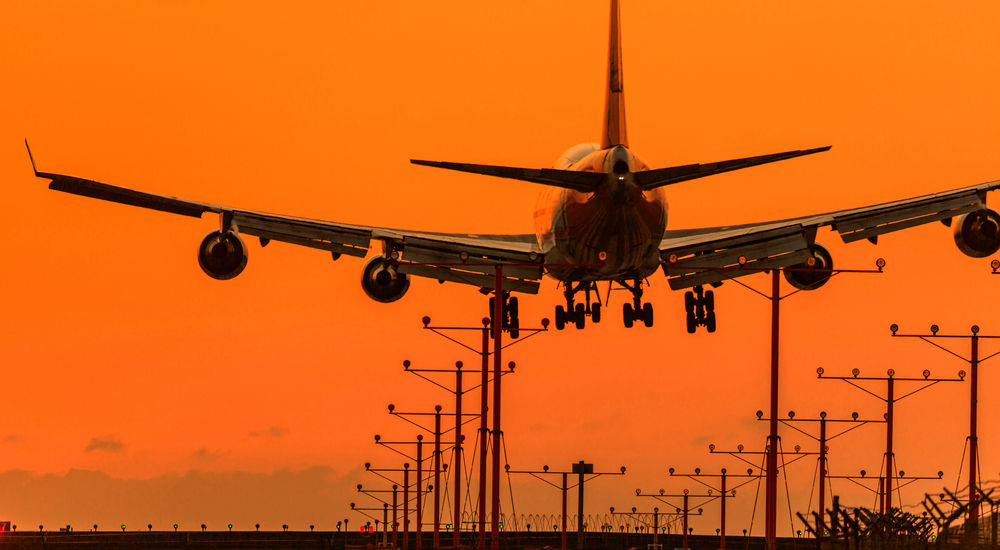
Where will we get our biojet? IRENA at EUBCE 2019

ICAO, the International Civil Aviation Organisation, has a target to cut carbon emissions in half by 2050. While efficiency improvements like more fuel-efficient aircraft and better air traffic logistics can bring about half of the emissions reductions required, the other half will have to come through renewable jet fuel. So if we hope to decarbonise the transport sector, we will need to have large amounts of biojet.
It is possible to produce the biojet from a wide range of feedstocks, through a wide range of processes. Oleogenic pathways can use oil seeds from trees and oil-bearing crops like canola to produce kerosene from Hydro-processed Esters and Fatty Acids (HEFA). Carbohydrate crops like sugarcane and maize can be harnessed by conventional processes to produce ethanol from sugar or starch and advanced processes to produce ethanol from stalks and stover, with subsequent upgrade to kerosene, in an ATJ (alcohol-to-jet) pathway. Wood pathways can use logging and processing residues from forests to produce jet fuel through thermochemical conversion. Which pathways are used in different places will largely depend on which feedstocks are cheapest and most abundant. It will also depend on which conversion processes can be developed and commercialised at scale. This side event will explore the most likely pathways for biojet expansion and discuss the policies needed to put them in place.
Agenda
Chair/moderator: Dolf Gielen, Director, the Innovation and Technology Center, IRENA
| 16:00 - 16:10 | Introductory Remarks Dolf Gielen, Director, the Innovation and Technology Center, IRENA |
| 16:10 - 17:20 | Presentations from panelists
|
| 17:20 - 18:30 | Panel discussion and Q&A |